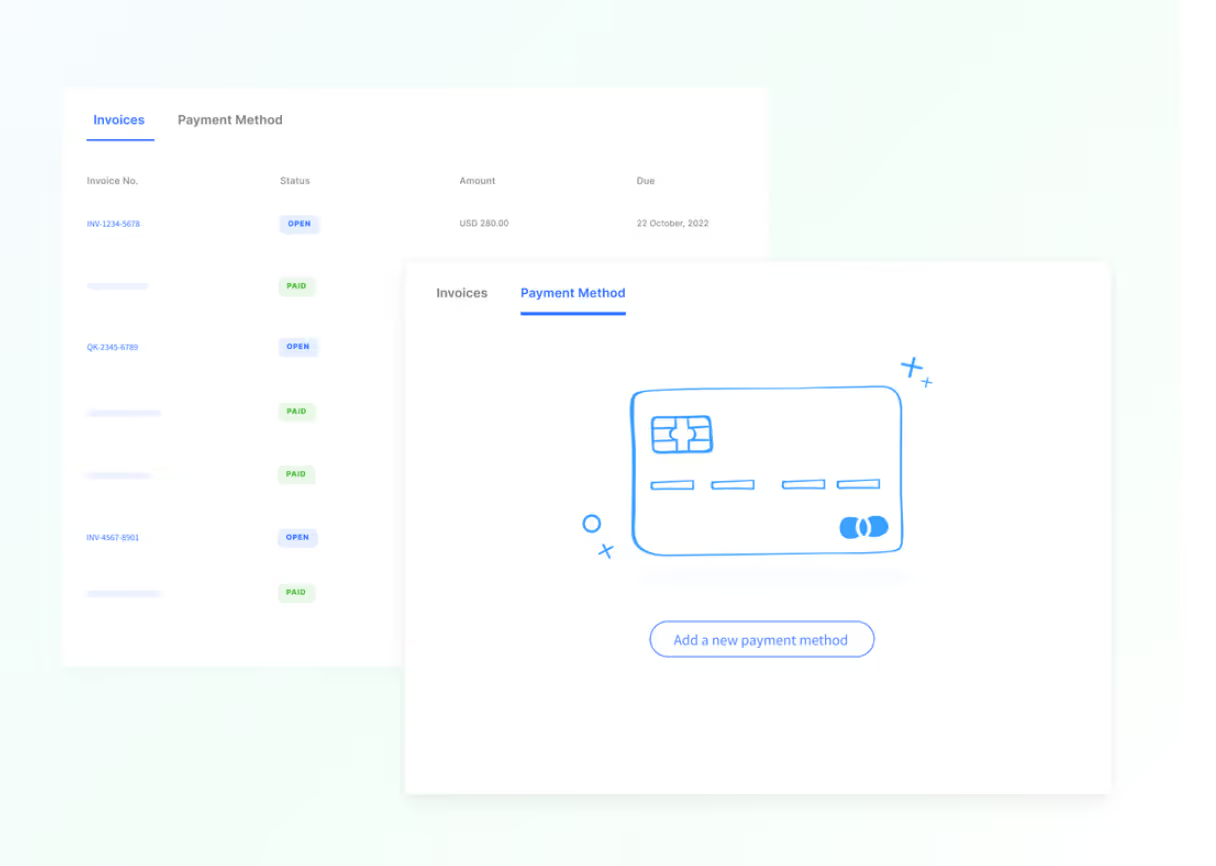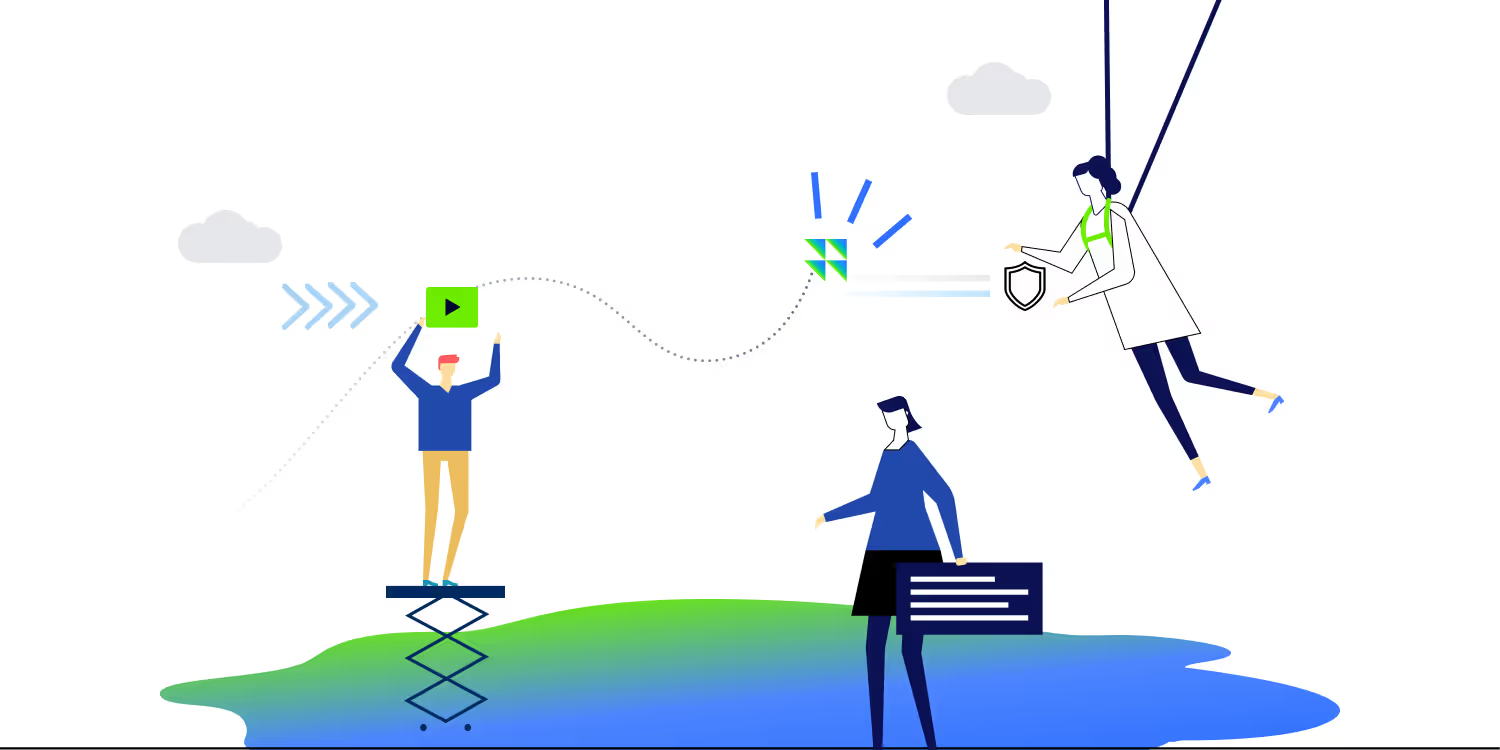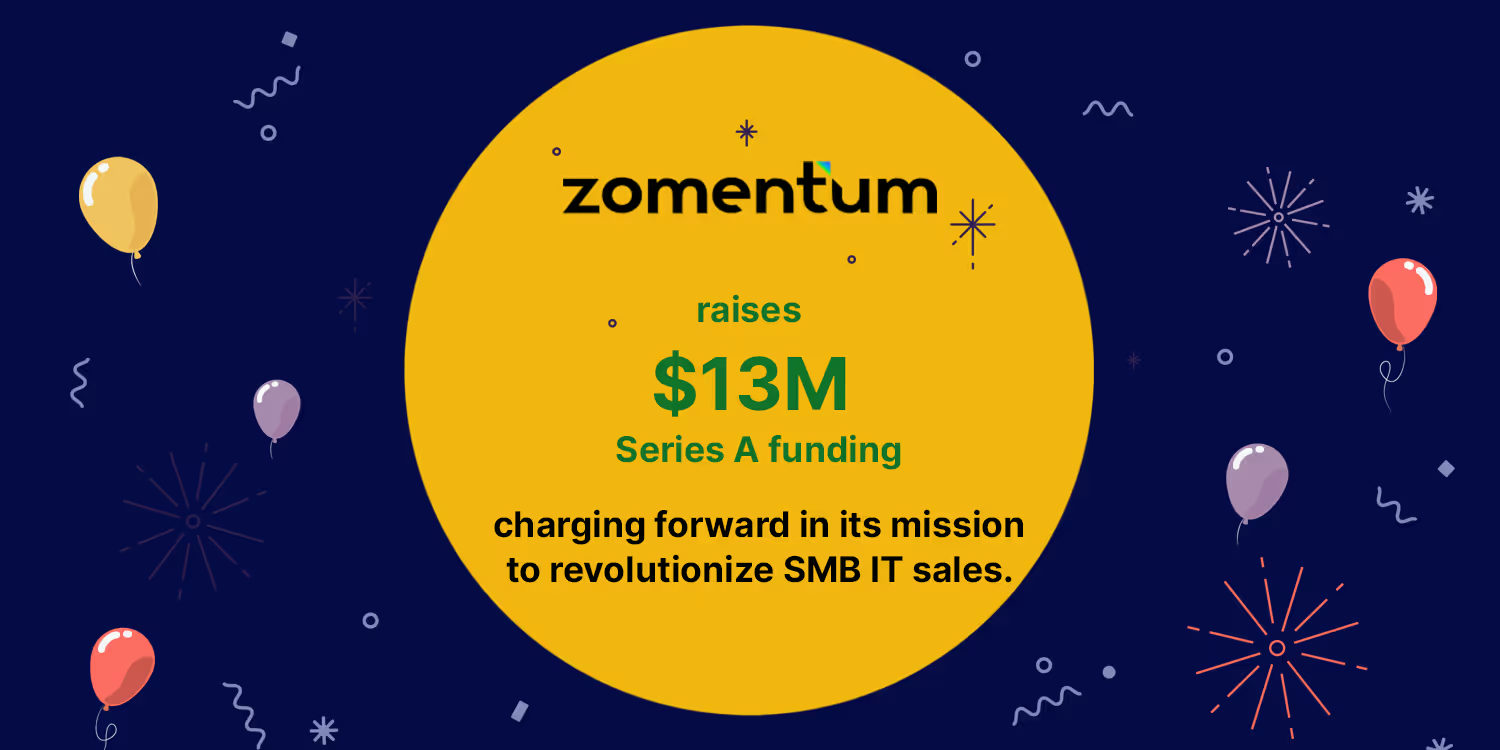MSP Billing and Payment Best Practices to Follow
.avif)
A survey discovered that almost 88% of small and medium-sized enterprises use or plan to use the services of MSPs to manage their infrastructure. However, MSP billing has become complex with the growing complexities of services.
In the early days of MSPs, billing was simple — customers would avail a service, MSP would raise an invoice for the service, and get paid.
But as the offerings grew complex, especially with the rise of hybrid work mode, the MSP billing is no longer as simple as it used to be. MSPs now work on different pricing models — per-user, per-device, value-based, flat-rate, etc.
Plus, many other conditions may also come into play while raising the invoice. For example, project completion, software bought for the project, server and network monitoring, etc.
Reviewing all these factors manually and invoicing is time-consuming and error-prone.
That’s why MSPs prefer to use automated billing. However, automated billing works best when you have done some upfront work and configuration. If you’re switching to dedicated MSP billing for the first time, here are some best practices to make the entire process seamless.
MSP billing best practices
While each MSP business and the billing scenario differ, here are some common best practices to follow:
1. Set clear payment policies
Clear and transparent payment policies leave no room for miscommunication or confusion for any of the parties. Mention the billing cycle, late payment fees, preferred payment methods, and contact information in your payment policies.
Setting the expectations right at the beginning of the engagement and clarifying paying terms upfront will help you reduce friction and get paid on time. Engage decision-makers to agree on payment options like autopay to help you continue uninterrupted service.
2. Raise invoices on time
Raising your invoice late may feel like an unexpected cost for the client, translating into a negative customer experience. Worse, if the bill is generated too late, the customer may forget about the work you did and feel reluctant about paying.
So be prompt with your billing. You can do this easily by integrating your ticketing, invoicing tools, and help desk in a single platform like Zomentum. This will help you generate invoices on time and get paid on time.

3. Don't forget to follow up
Sending the invoice on time is not enough. Make it a point to follow up if the due date of the invoice has passed. While you can always do it manually, you’ll find it challenging to do this manually as you start scaling up and managing multiple projects.
Automating the process will not only save time, but if your MSP business is growing and you’re handling multiple projects at a time, you can automate and forget about it.
For example, if you’re using an MSP payments solution like Zomentum, you can tailor your settings once and enjoy the automated billing and payment process. The tool tracks every payment and automates reminders.
4. Create accurate billing
Accurate billing helps your customers build trust in you, which paves the way for a long-term relationship. While manual billing is error-prone, automating it makes it accurate and error-free.
For example, when you have integrated your help desk and technician report into your billing platform, your invoice will have clarity on every line item. You‘ll be easily able to resolve any query your customer has regarding any billing item.
Besides bringing clarity to the bill you’re raising, such minute details will also help the customer understand how you’re adding value to their business.
You’d be surprised how far these small matters impact your business. Implementing these will generate more business and provide better customer service.
5. Offer flexible payment options
Failed transactions can frustrate the customer. So make their life easy by offering easy payment options. For example, an MSP payments solution like Zomentum offers backup payment methods that secure every transaction with backup and fallback methods like direct debit or ACH primary with credit card secondary.
You can also offer a flexible billing approach that supports the different needs of the customers. For example, offer a simple-to-read or detailed invoice as your customer wants. Offer hourly, retainer, and project rates as they prefer.
This guarantees a smooth payment experience for the customer. Remember, the easier you make it for the customer, the more positive experience it creates for them.
6. Offer exclusive payment portals for clients to pay their bills
Create a dedicated portal for customers to pay their bills. This will ensure a seamless payment experience and invoice settlement.
This also helps your customers/ clients keep track of their payments and payment cycles, removing confusion from the relationship.

7. Enable easy recurring payments
Set up your recurring billing system so that every time, the client does not have to go in to make payments. This reduces the administrative workload and allows you to focus on the more critical aspects of your business. This also secures your long-term revenue.
8. Request email “read and received” confirmation
Once you have sent your invoice email, you want to ensure that it has not landed in the customer's spam folder and has been read. So, opt for “read and received” confirmation once the recipient has received and opened your email.
This indirectly creates an urgency in the mind of the recipient to pay the bill on time. And once you see the client has received and read the email and has still not made the payment, you may gently nudge and remind them to clear the dues.
9. Add due date reminders and payment incentives
Clients receive several invoices every month from their service providers/ vendors, and it's easy to overlook or misplace them. So once the due date of the invoice approaches, send them a friendly reminder in case they have overlooked it.
Get creative with your billing process to encourage the client to pay you on time. For example, you may consider offering some rewards or discounts for quick payment.
10. Automate payments with a payment solution
The best way to automate your MSP billing is by using payment software. An MSP billing and payments solution like Zomentum gathers all the information needed for billing and generates invoices on their due dates. It ensures 4x faster payment collection with transparent processing fees. It has zero platform charges and helps secure revenue and streamline your MSP billing process.
Zomentum integrates with your accounting software to help you receive payments, update records, and maintain seamless bookkeeping.
Conclusion
Every MSP business thrives on the best client experience, but they often miss MSP payment management.
As your pending invoices stack up, uncertainty builds up with constant cash flow, which affects your client service. So, if you’re not paying attention to your MSP payment management, it’s your cue now to give it a thought.
MSP payment management systems like Zomentum offer an integrated solution that helps streamline MSP billing and enable the business to get paid easily. It streamlines the entire invoice management, helps in tracking and recordkeeping, generates receipts without hassle, simplifies reporting and analytics, and much more.
Suggested Blogs

What’s new in Zomentum - December 2019
.avif)
Zomentum Announces the Top Influential Partners of 2023: Leading the Way in Growth and Innovation

